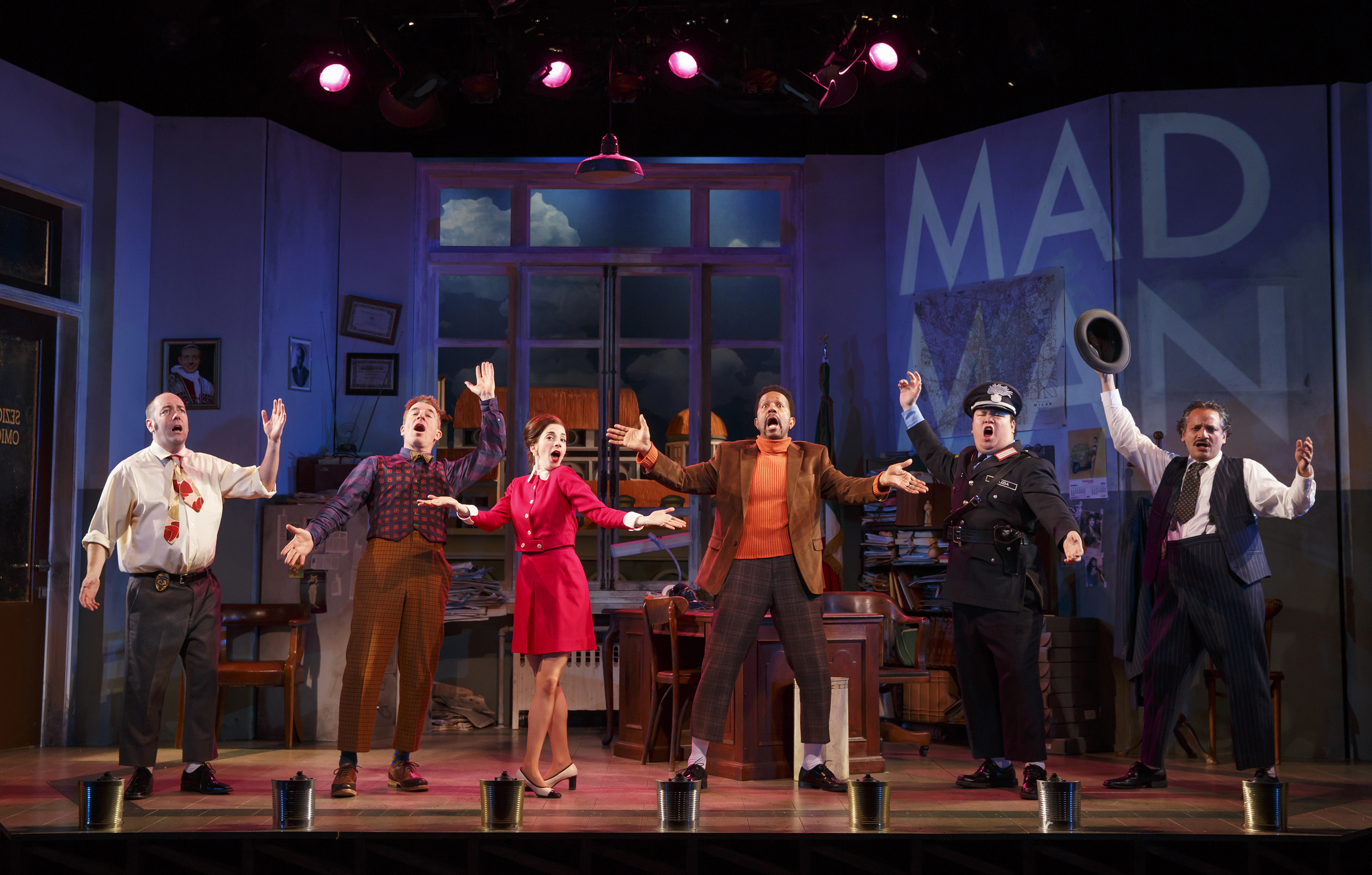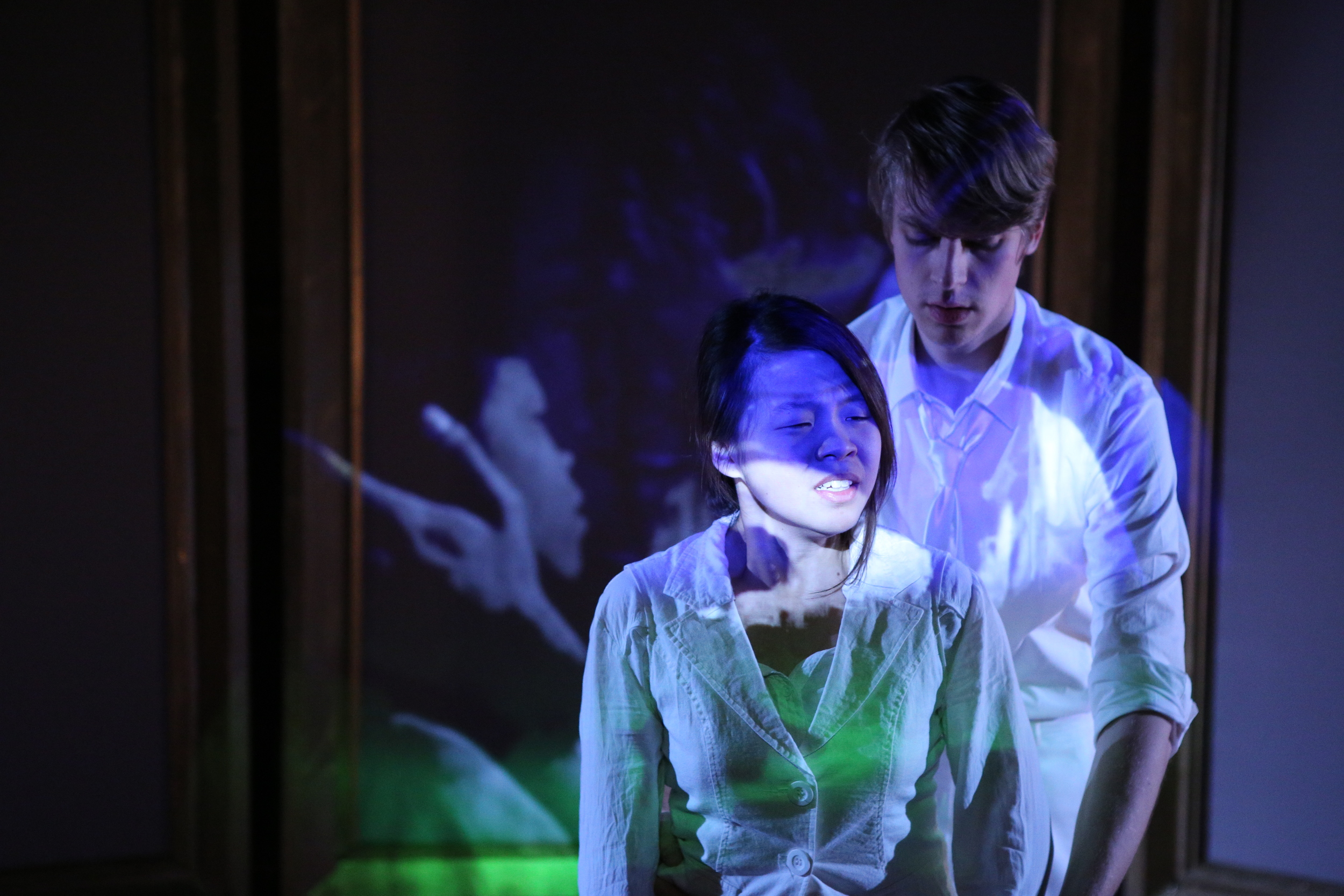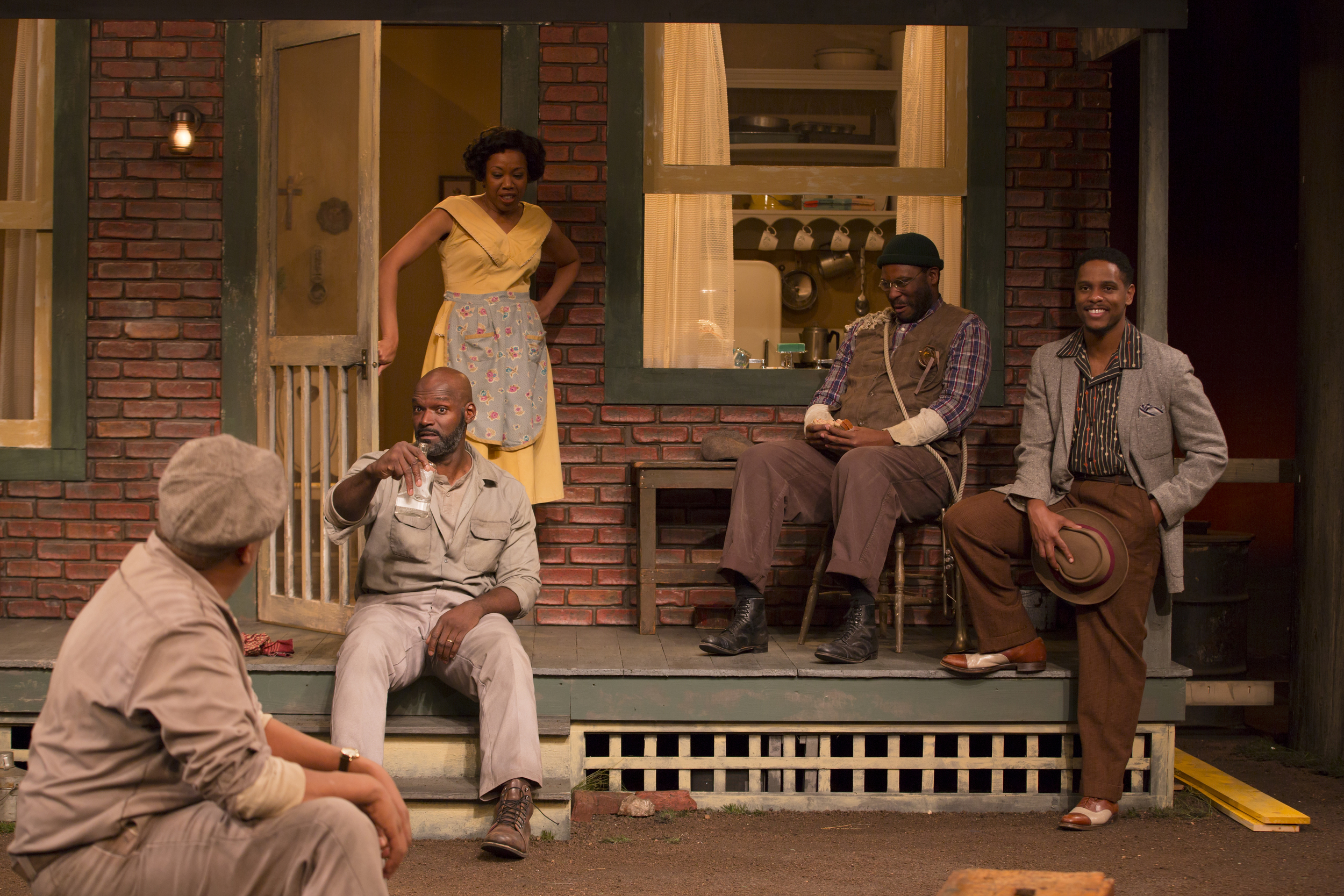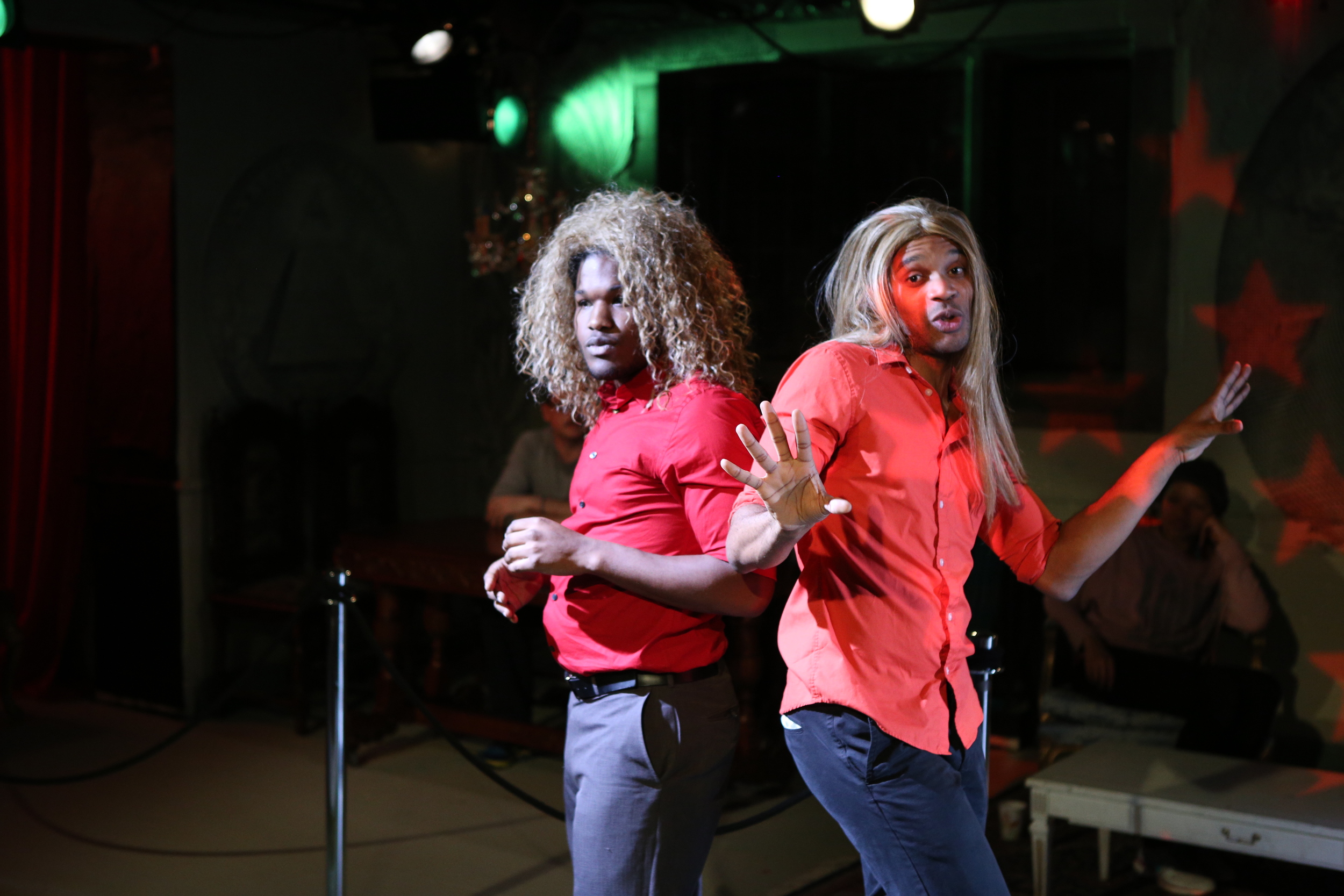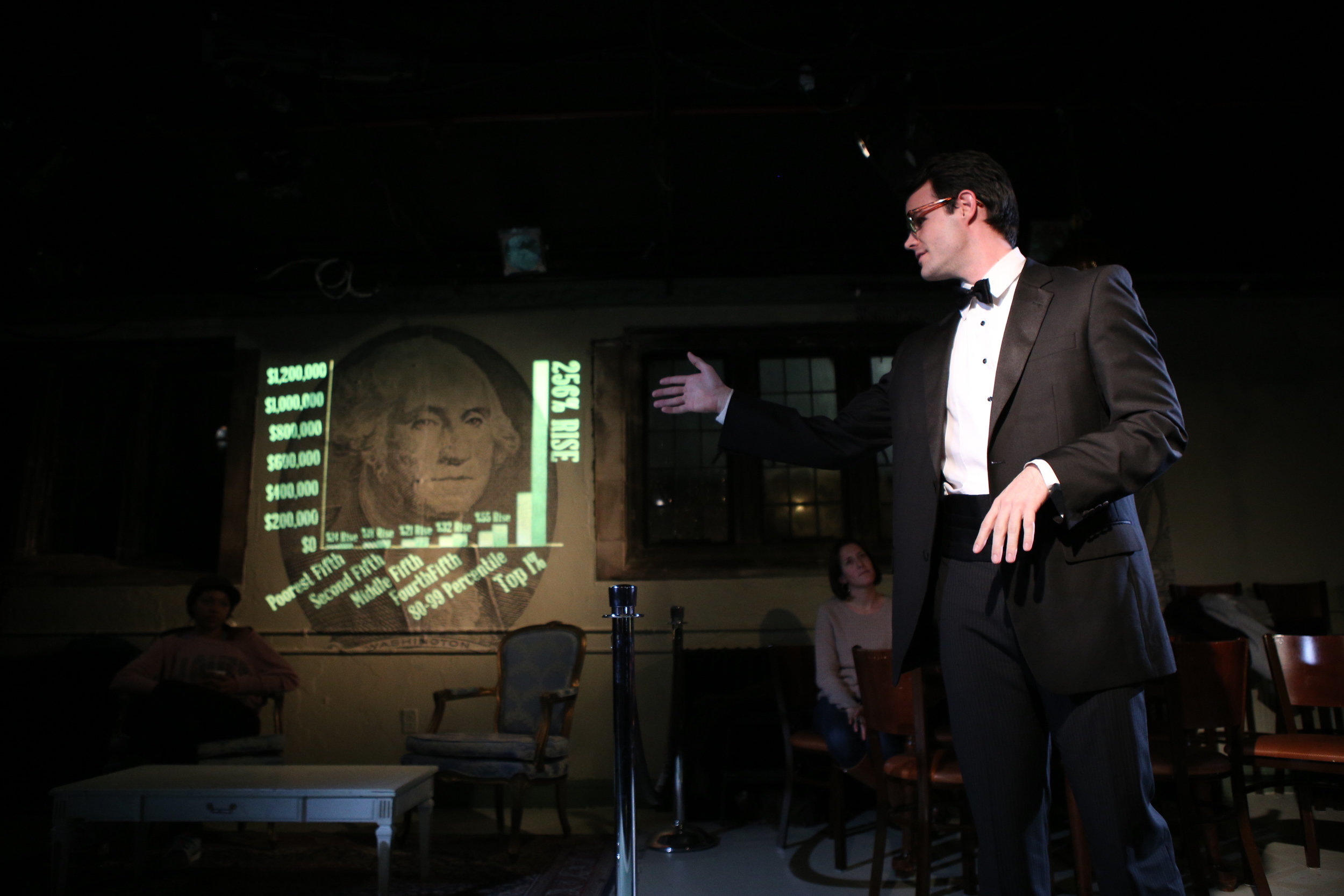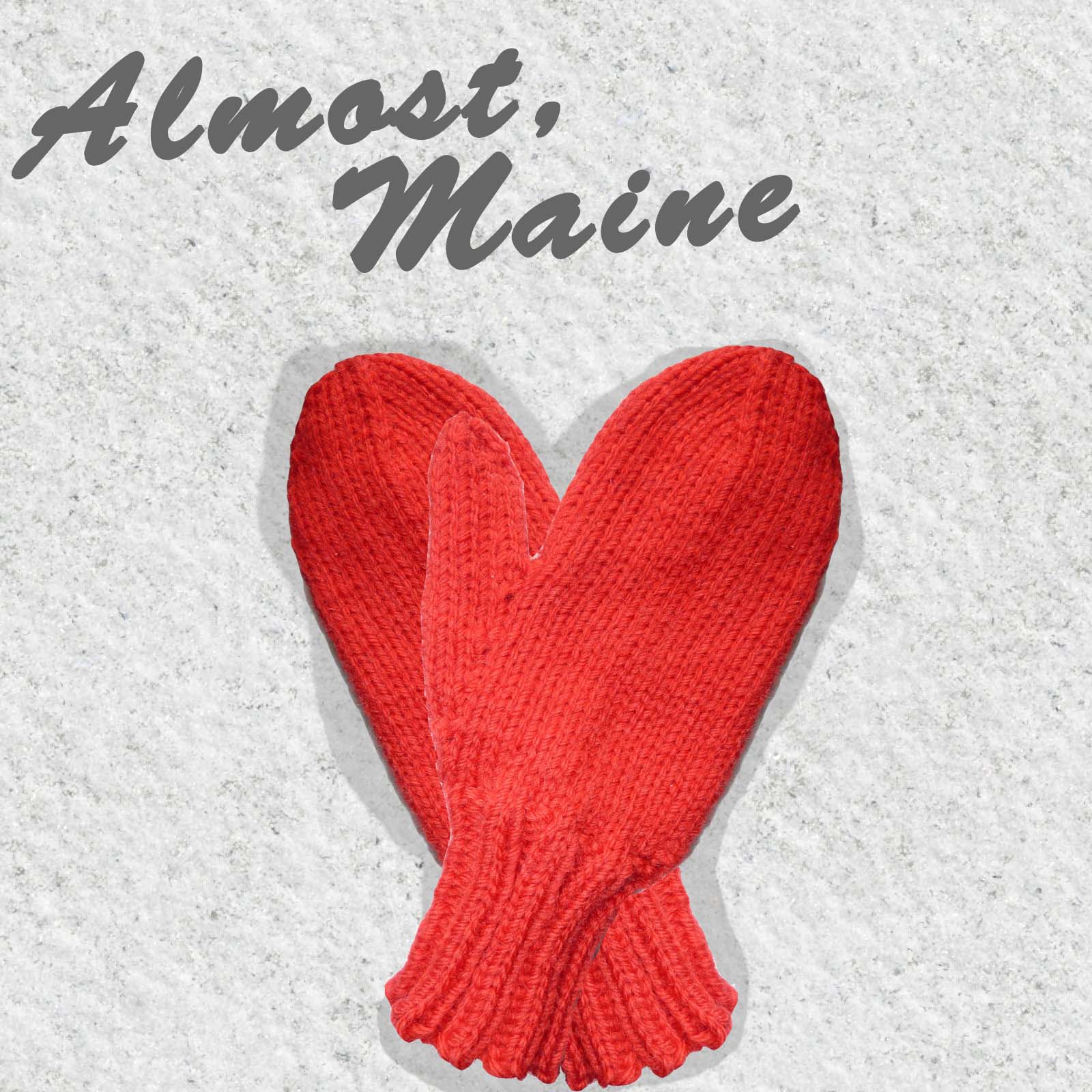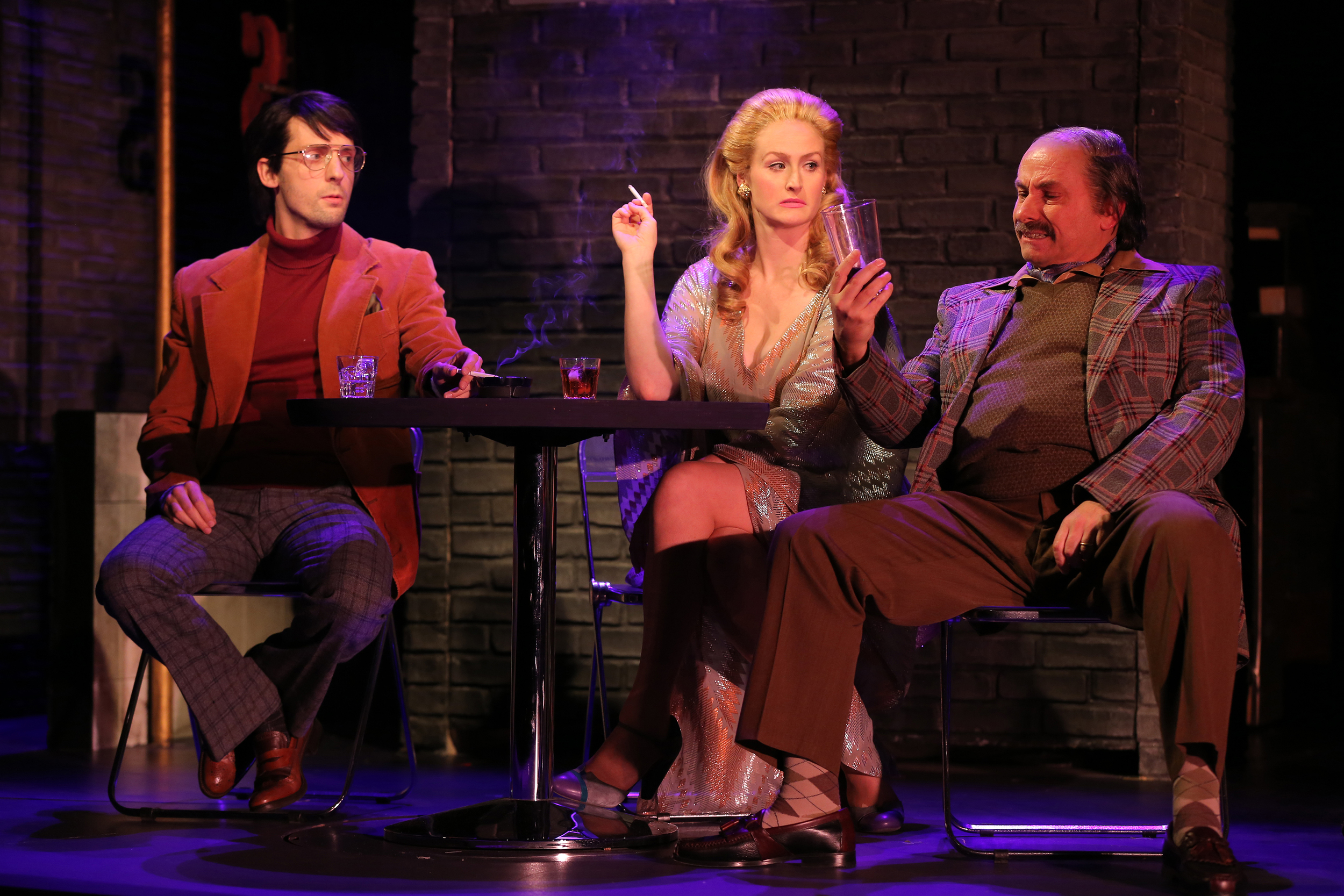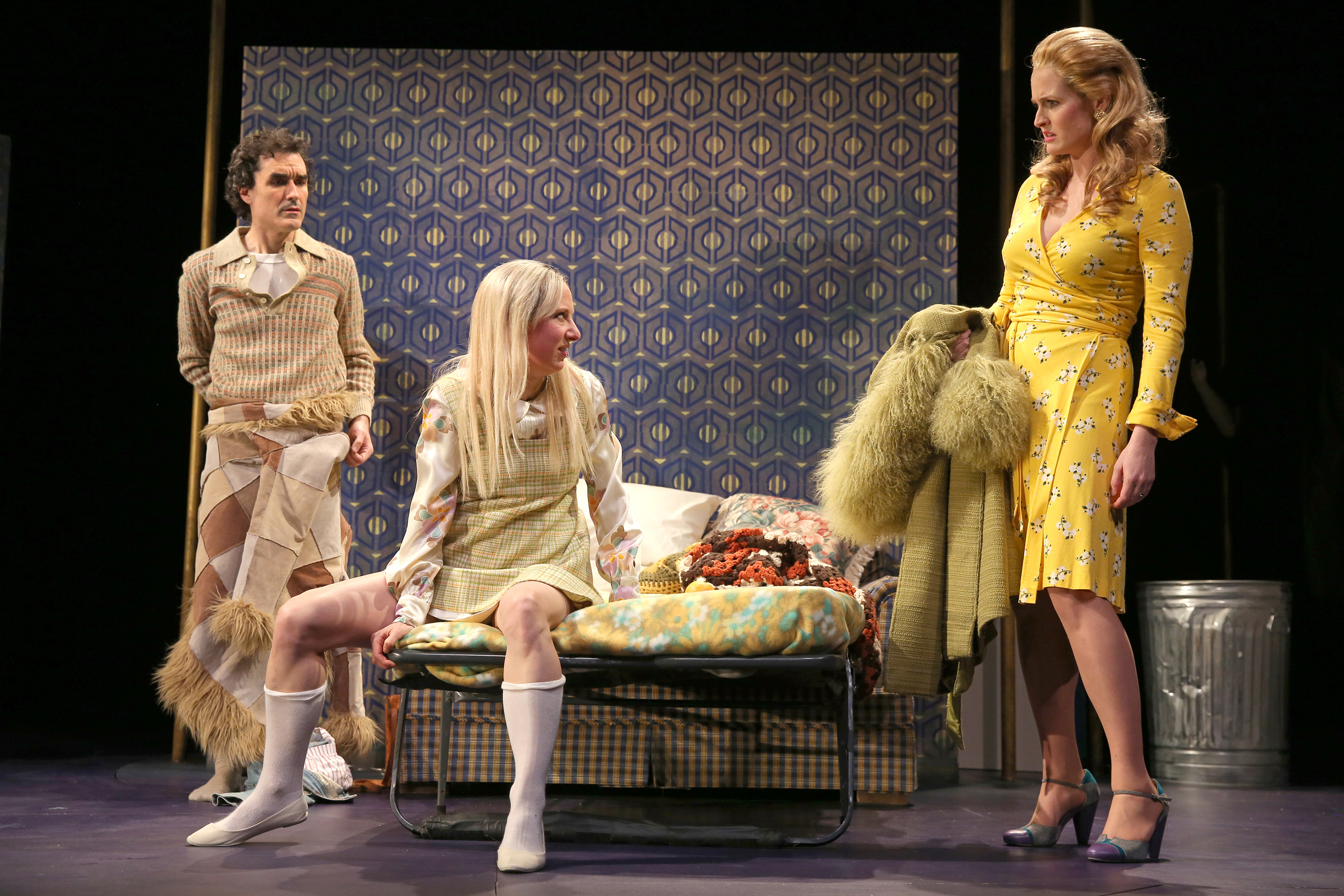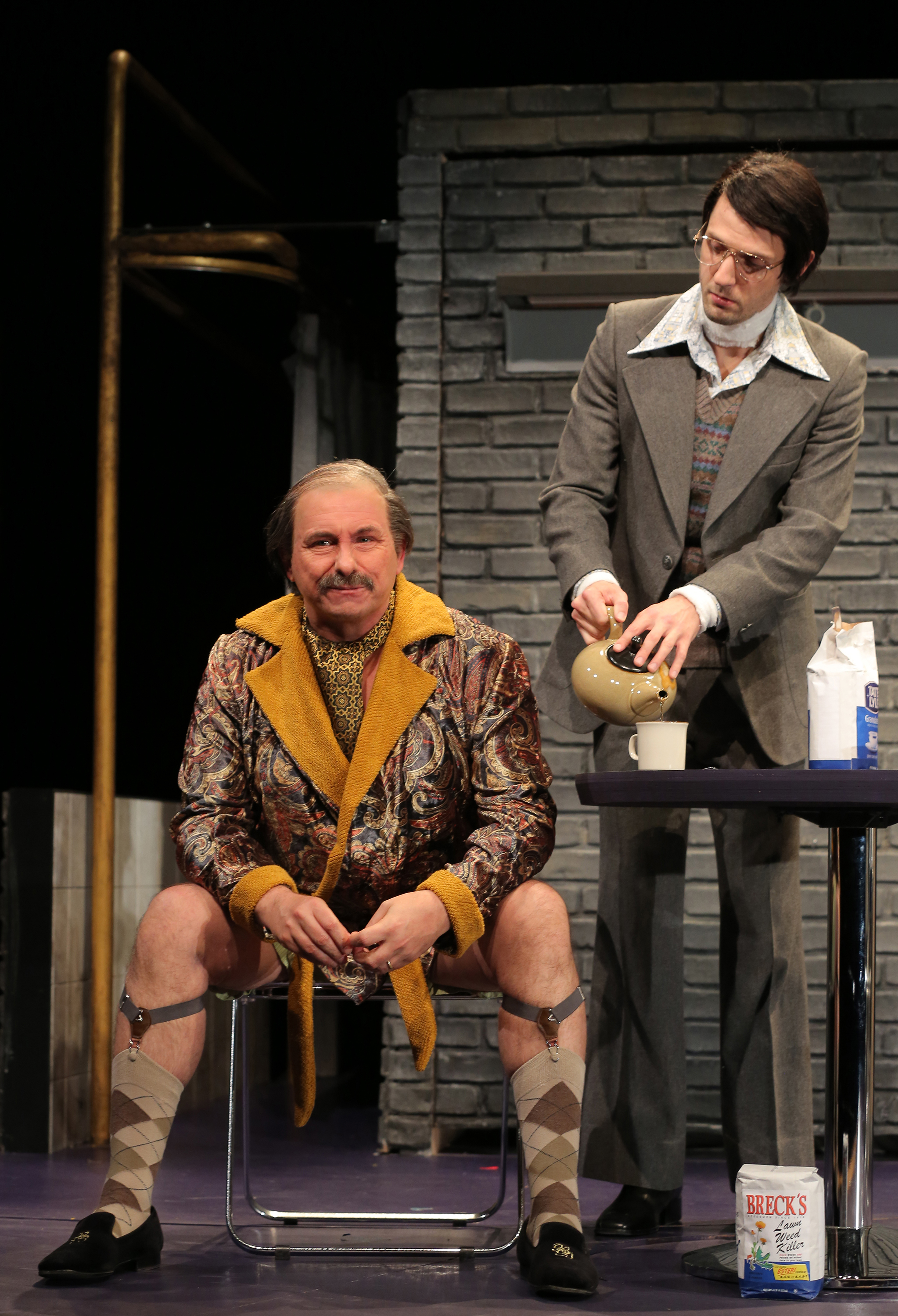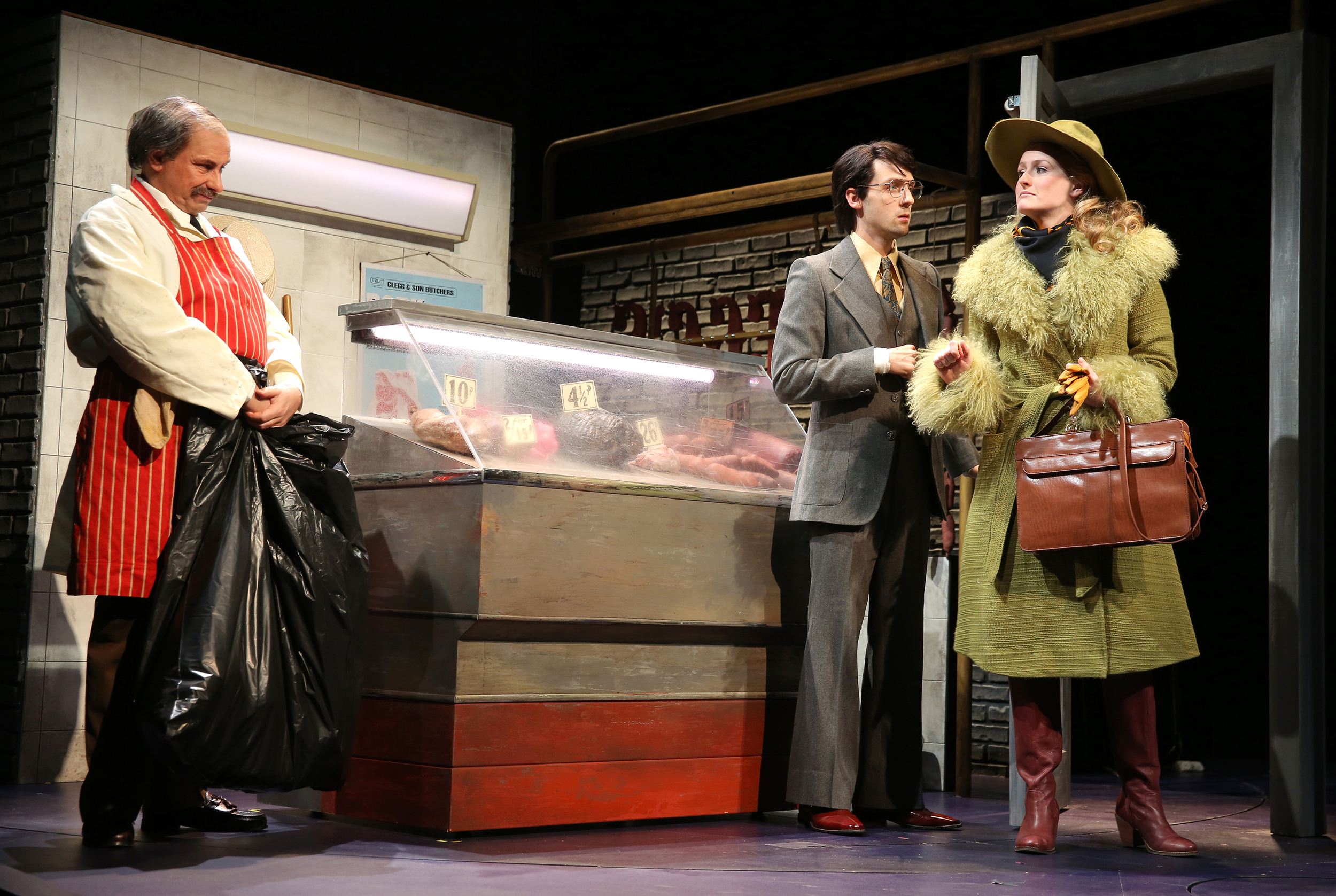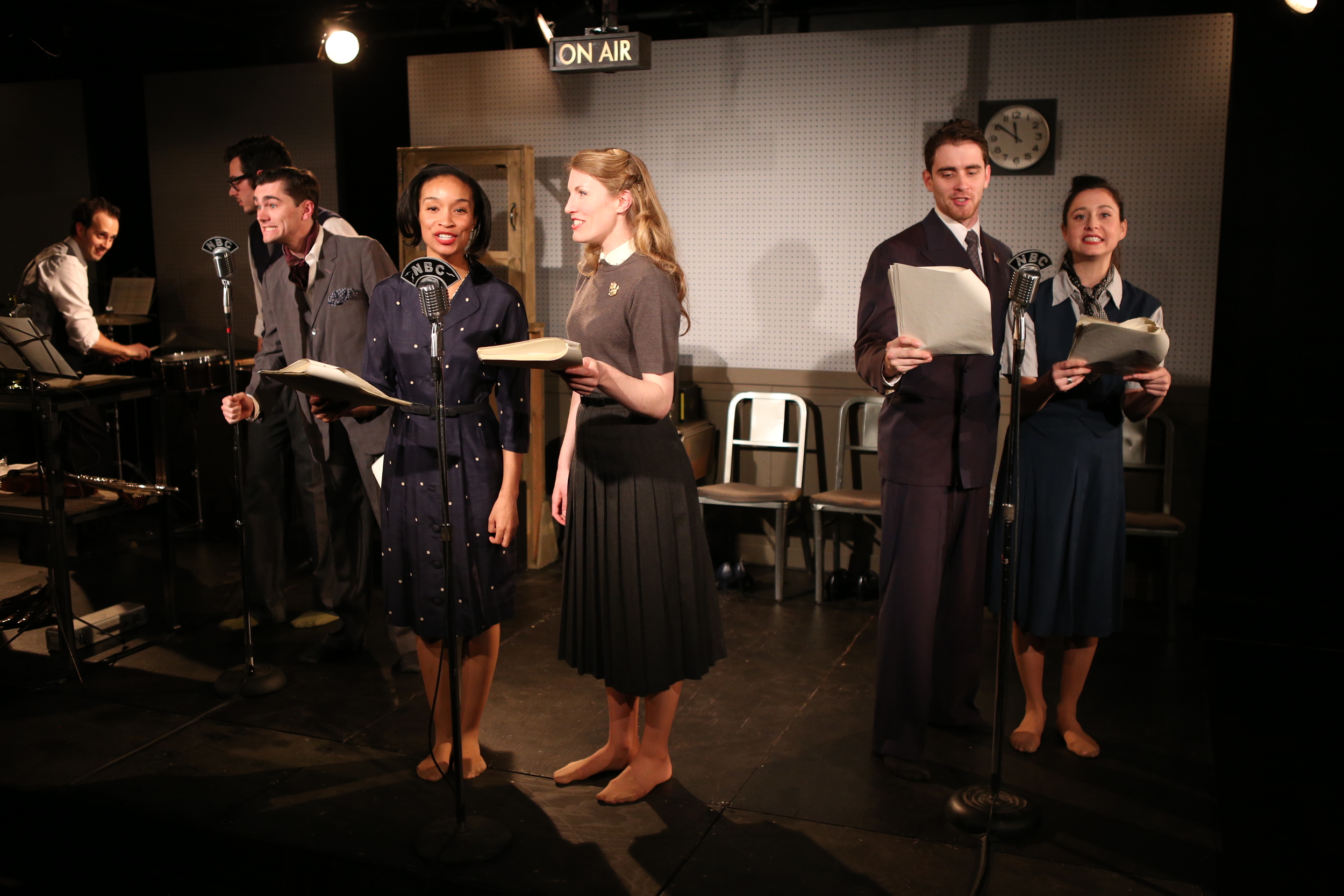Dario Fo is a Nobel-winning dramatist, famed for skewering the powers that be, catching the absurd contradictions that expose the willful sham of a powerful few operating against the good of the many. Accidental Death of an Anarchist, now playing at the Yale Rep, has been translated and adapted and performed all over the world, as its basic situation is germane to the non-transparent operations of any state in its often arbitrary and pernicious impositions, at times provoking violence and death. And even when the state isn’t the killer outright, its agents often are, for reasons of their own. In Fo’s play, based on a real event that took place in 1969 in Milan, a worker, believed to be an anarchist and accused of a political terrorist act (bombing a train station) was held for questioning and fell to his death from the window of the police station. The outcry about such methods of interrogation and torture that might have been involved became even greater when it became clear that the deceased was innocent of the crime. Not exactly the stuff of slapstick, you might assume, but that’s where you’d be wrong. Fo’s play intrudes into the very same police station, a few floors below and a little while after the death, a “Maniac” who, in his mania for playing professional roles, decides to adopt the disguise of a visiting judge whose task is to find out if the police were culpable in the anarchist’s death. Think Groucho Marx in any of his preposterous masquerades and you’ve got the tone of the proceedings—with “here come da judge” jive laid on for good measure.
Christopher Bayes, who directs this slaphappy farce, and Steven Epp, who plays the Maniac, are masters of stage comedy in all its forms. Their grasp of commedia dell’arte is fertile and fun, and that permits the kind of playful staging that Anarchist depends upon. For there isn’t much happening beyond the gags—a first act that stretches out the Maniac’s shenanigans from his interrogation by the splenetic Bertozzo (Jesse J. Perez) to his duping of inspector Pissani (Allen Gilmore) and the Superintendent (Liam Craig), going so far as inspiring a heartfelt rendition of the Anarchist’s Song; and a second act that continues with the interrogation of the interrogators, abetted, eventually, by a exposé-seeking journalist, Feletti (Molly Bernard), ending, as it were, with a hung jury. We begin with: Did the anarchist jump or was he pushed? We end with: If a bomb goes off in the police station, who will be the victims?
Bayes and Epp, with their adapter Gavin Richards (from a translation by Gillian Hanna), have the imaginative wherewithal to live up to the play’s requisite shift of time and place to wherever it happens to be played. The play's amorphous quality lets it jab at whatever matters might be unsettling the body politic wherever. It’s not that the play gets moved to New Haven, exactly, but any character at any time might decide to reference something as close to home as they choose. And with that bombing in Boston still in everyone’s mind, as well as the recent sad and suspicious death of a Yale professor in the lock-up of the New Haven police, to say nothing of a lock-down of Yale’s campus and downtown New Haven last month, Accidental Death is, in a sense, happening where we live. We want the police to protect us from threat but do we want to sanction any means necessary? And who will protect us from the police when their ends and ours aren’t exactly simpatico?
That’s where the bite of Fo’s play comes from. It’s aimed at an audience that knows, at some level, it is complicit with whatever is done in the name of “society,” so it wants a state with a human face, liberal and benign, but, like the attack dog we’ve trained to attack and which lacks our finely tuned nuance about who’s “ok” and who’s not, the state might not really be our best friend. “The mere fact that he jumped was clear admission of his guilt,” of course. Fo goes further, but then, his play was written for a country that actually had fascism and has actual anarchists (come back, Sacco and Vanzetti!). Extremes of right and left, you see, help a play such as this, rather than that creeping moderate muddle that tends to swallow U.S. politics, radio demagogues notwithstanding.
Which is all by way of saying that, while I was enthralled as ever with the Rep’s stagecraft, I was somewhat less than tickled pinko by the proceedings. Kate Noll’s scenic design is wonderfully cluttered and cheerily lit by Oliver Wason, with Michael F. Bergmann’s projections creating not only different rooms but also collaged treatments when images seem appropriate—such as anarchists marching, slogans, clouds. The costumes by Elivia Bovenzi tell us right away we’re in the country of the mad with couture that no one in his right mind would wear—and I’m talking about the two inspectors. The Maniac’s costume is even loonier and if he’s not wearing a squirting boutonniere that must be because it was confiscated.
And then there’s the added enjoyment of having the accompanying musicians—Aaron Halva and Nathan A. Roberts—onstage and dressed as cops. One of my earliest laughs was when Roberts, as a cop, is asked to perform some task but has to demur because “I’ve got to play this musical cue.” The breakaway asides are the best part of the play because, though scripted, they feel fresh. And everyone has some bits that work—such as Liam Craig’s limp finger questioning of Molly Bernard’s aggressively leg-crossing reporter, in the second act (which is better than the first, so don’t leap from the window midway), and Eugene Ma’s Constables should get a permanent gig in some comedy troupe somewhere.
The problem? From the start, the repartee lacks tee-hee—“your grammar’s a bit retarded” earns the riposte “did you call my grandma retarded?” But that’s only logistical—and someone may find that side-splitting, especially if delivered, as every second of the play is, with relentless zaniness. It might be easiest to say it thus: if everything’s funny, nothing is. Every line’s a gag, a throwaway, nothing is for real. Satire would make us believe in the police station before it skewered it, but that’s impossible here. Farce—based on characters—would let us sense the absurd contradictions as something a character is blind to but which we laugh insanely to see exposed, but here the characters aren’t even blind to the fact that they’re in a farce, as Bertozzo tells us in his opening speech. In commedia dell’arte—as perpetrated by Bayes and Epp in A Servant of Two Masters and A Doctor In Spite of Himself—the only target is human stupidity, cupidity and the ever-present possibility of a sight-gag or a pun or a fleeting reference to the gags of yesteryear. And you can bet your bippy that such is enough when the point is simply the power of comedy, but when your point is . . . . the state is corrupt but comedy will save us? The agents of the state may be brutal, but let's laugh about it anyway? We’re all screwed and the laugh’s on us? The latter seems the strongest takeaway of this production, once Epp/Maniac (hard to tell them apart) starts pontificating about Bush/Cheney, then Romney, with understandable impatience but not exactly witty sallies. At that point, button-holed, we’d really rather he had that squirting boutonniere.
The critics in the audience get a shout-out at one point, shortly before Gilmore, as Pissani, launches into a stand-up comedy routine that the middle-aged among us will find amusing. And maybe that’s part of the problem—step aside and let some youngsters have a chance! I get more laughs about our stupid century reading The Onion. But I’m starting to sound like a ponderous commentator (imagine the insufferable Alan Alda character in Crimes and Misdemeanors: “if it bends it’s funny, if it breaks…”) and it might be better to put my dissatisfaction in the terms of the text: Sometimes the vehicle (varooom) and the tenor (laaaaaaaa!) work (va-laaaaaaa-room!) and sometimes not so well (mimes vehicle running over tenor).
Accidental Death of an Anarchist By Dario Fo Adapted by Gavin Richards, from a translation by Gillian Hanna Directed by Christopher Bayes
Music Director: Aaron Halva; Composers: Aaron Halva and Nathan A. Roberts; Scenic Designer: Kate Noll; Costume Designer: Elivia Bovenzi; Lighting Designer: Oliver Wason; Projection Designer: Michael F. Bergmann; Sound Designers: Nathan A. Roberts, Charles Coes; Vocal Coach: Walton Wilson; Production Dramaturg: Samantha Lazar; Casting Director: Tara Rubin; Stage Manager: Carolynn Richer
Photographs by Joan Marcus, courtesy of Yale Repertory Theatre
Yale Repertory Theatre November 30-December 21, 2013


